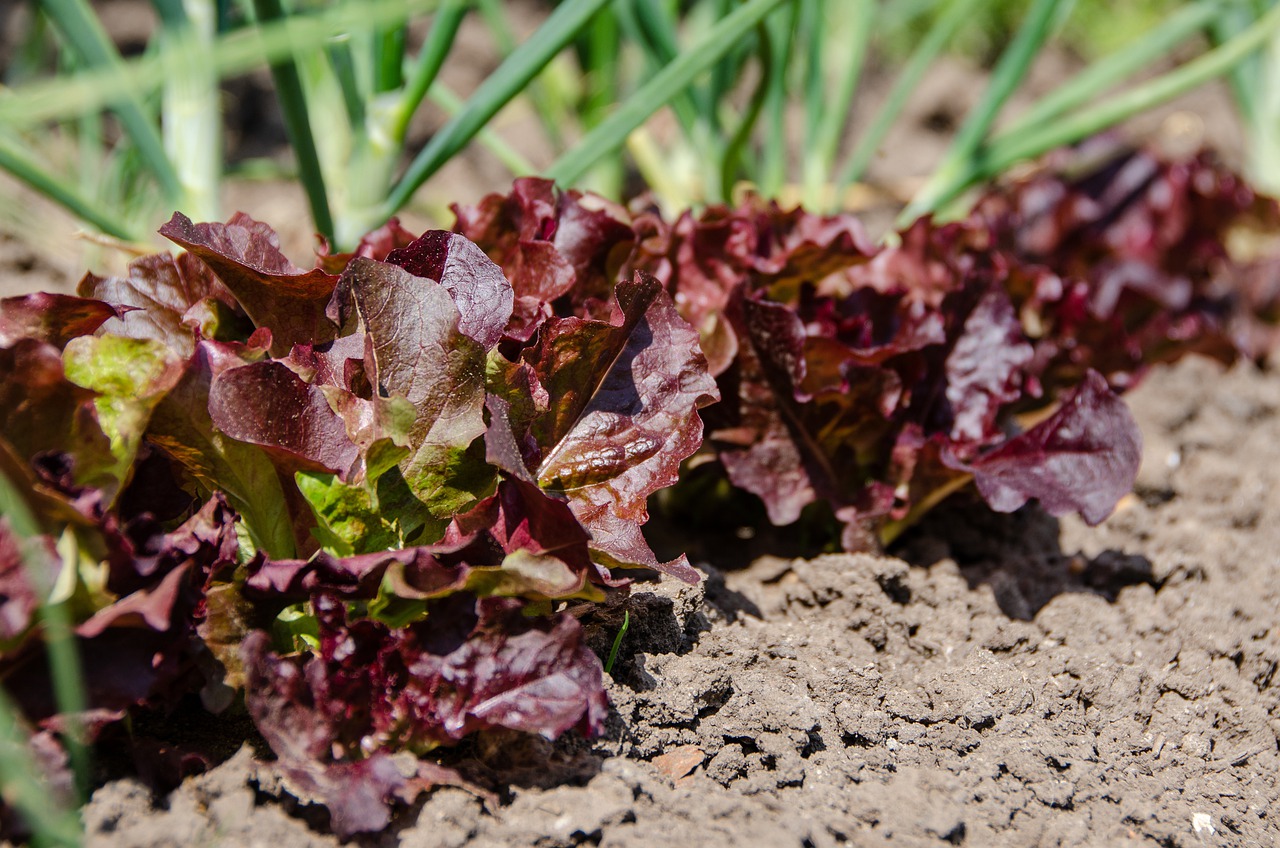Most gardeners plant in straight rows to help them distinguish the seedlings from the weeds. Planting in 4 to 6-inch bands on raised mounds, though, is a sure way of getting greater yields of the small vegetables from a given area.
This method requires a high level of soil fertility and more frequent watering. Planting in masses also requires hand weeding, since a hoe is only practical between rows. Mark rows or bands with the date planted and the name of the variety.
Use a plastic lettering device or weatherproof plastic markers with lettering that won’t wash away. Furrows. To plant seeds in a row, make a long, shallow ditch with the corner of a hoe. Stretch twine taut between pegs at the ends of the row to make furrows straight.
Form furrows for small seeds by pressing the edge of a board into cultivated soil to make a “vee.” After sowing seeds in rows, cover them with soil.
Hill planting. Large vegetables, such as corn, squash, and beans, are sometimes planted in “hills.” This is a cluster of seeds—not necessarily on a raised mound. The object is for the roots to range out from the central growing point to get more foraging room in the soil. Plant five to eight seeds in a 12 to 18-inch circle and thin to three plants.
Planting depth. To gauge the proper planting depth, follow the old rule of thumb, planting a seed to a depth Preventing soil crusts. Crusts often form in clay or silt soils, seal out air and moisture, and physically resist penetration by sprouts.
Germination can be improved by covering seeds with a granular material, such as vermiculite, perlite, or sand. After soaking the soil and sowing the seeds, cover them to a depth equal to two to three times their size; then firm the covering.
Water the rows lightly daily until the seeds have sprouted. (Use a light spray to keep the seedbeds moist; a heavy spray can wash tiny seeds and seedlings away.) Keeping the soil moist.

During dry spells you may have to resort to covering seedbeds with plastic sheeting or burlap kept moist by frequent sprinkling, especially for such slow-sprouting seeds as parsley. One of the best devices for improving dry-weather germination is a wide board laid over a deep furrow.
Soak the furrow, scatter the seeds thinly, and cover them very lightly with soil. Lay the board over the furrow. Remove it occasionally for watering the seeds and to inspect for spots of mold. If you see any gray mold, remove the board temporarily so that sunlight can kill the disease.
Remove the board as soon as seeds begin to sprout. Thinning seedlings. With small seeds, pour a few from the packet into your palm and take small pinches. With a little manipulation, you can drop seeds the required distance apart in the furrow. (Using seed tapes or pelleted seeds for small or expensive seeds eliminates waste.)
Thin seeding is also healthy for the seedlings that sprout. Thickly seeded plants can grow together so closely you can injure the roots of the survivors when you thin out excess plants.
Any crowded seedlings should be thinned ruthlessly if their foliage is touching. When vegetables grow too close together, leafy plants become stunted, root crops become distorted, and vine crops give poor growth because of self-shading, and the yields of large crops are reduced. Furthermore, it is easier for pests and diseases to damage overcrowded crops. Thinnings of leaf crops can, of course, be eaten. Or they can make good compost.







